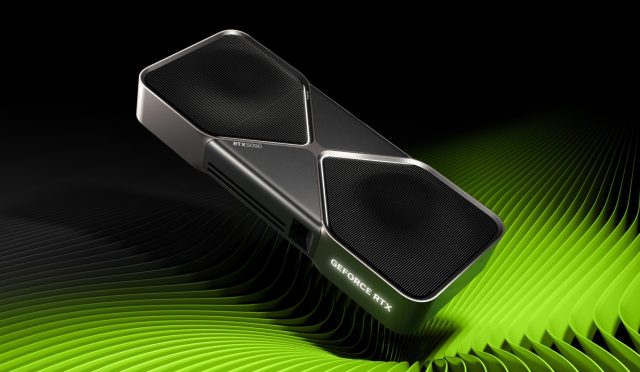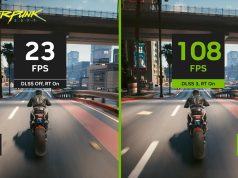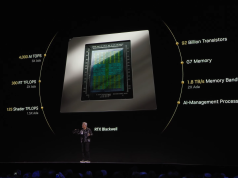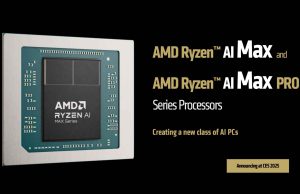At the 2025 CES Editor’s Day, NVIDIA unveiled additional performance metrics for their latest GeForce RTX 50 series GPUs, which include the RTX 5090, 5080, 5070 Ti, and 5070.
According to NVIDIA, the 2x performance improvement highlighted during the CES 2025 keynote is achieved using the new DLSS 4 MFG (Multi-Frame Generation) technology. Without DLSS 4 or other upscaling techniques, the native performance gains are more modest. However, given the advanced technology offered at similar price points, especially for the RTX 5070 and 5070 Ti, these cards are poised to perform well in the gaming market, especially with the growing reliance on upscaling and frame-generation models in the industry.
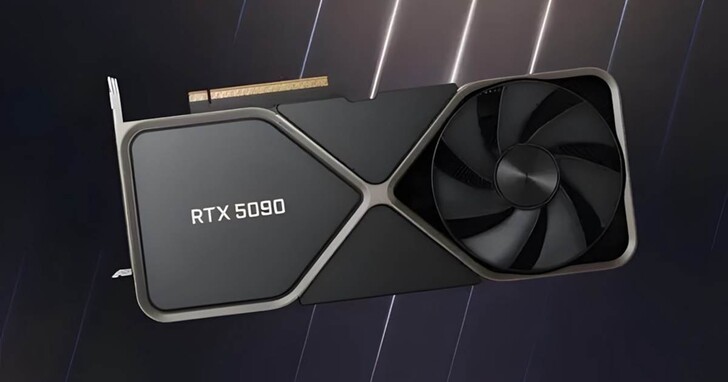
NVIDIA reported a 30% performance boost in native RT gaming scenarios without DLSS for the GeForce RTX 5090 and a 15% improvement for the GeForce RTX 5080.
Although these gains might not seem substantial given the considerable performance increases in the previous Ada generation, the new features such as Neural Rendering, Neural Shading, and advanced RTX capabilities like RTX Fur, RTX Hair, and RTX Skin provide compelling reasons to opt for the latest RTX 50 GPUs.
For the GeForce RTX 5070 Ti and RTX 5070, NVIDIA claims a 20% performance improvement in the same native RT (non-DLSS) gaming scenarios compared to the RTX 4070 Ti & RTX 4070.
All four cards are designed with 4K gaming in mind, leveraging DLSS 4, but natively, the RTX 5090 and 5080 are best suited for these scenarios. The RTX 5070 Ti and 5070 are expected to excel in native 1440p gaming.
The GeForce RTX 5090 vs RTX 4090 (Native RT / No DLSS) = +30% The GeForce RTX 5080 vs RTX 4080 (Native RT / No DLSS) = +15% The GeForce RTX 5070 Ti vs RTX 4070 Ti (Native RT / No DLSS) = +20% The GeForce RTX 5070 vs RTX 4070 (Native RT / No DLSS) = +20%
The RTX 5090 comes with a hefty 32 GB memory, making it ideal for high-resolution content creators and gamers, especially those using the latest QD-OLED DP 2.1 monitors. The RTX 5080 and 5070 Ti feature 16 GB GDDR7 memory, while the RTX 5070 targets the mainstream high-end segment with 12 GB GDDR7 memory.
NVIDIA’s GeForce RTX 5090 and RTX 5080 will be available on January 30th, priced at $1999 and $999 USD, respectively. The RTX 5070 Ti and RTX 5070 will be released in February for $749 and $549 USD, respectively.





